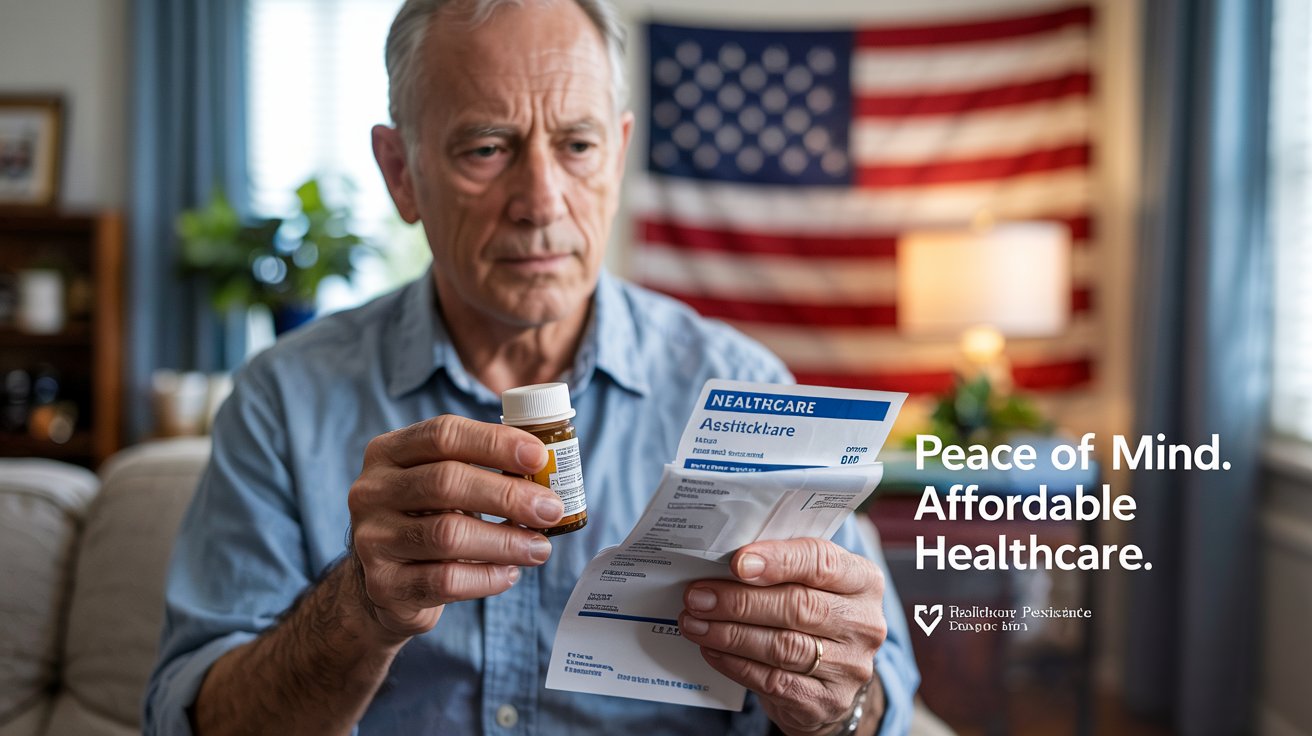Trump’s Healthcare Executive Order Boosts Big Pharma Profits — What It Means for Americans is making headlines across the country, as the policy shift significantly impacts Medicare’s ability to lower drug prices and raises major concerns about affordability for millions of Americans.
What the Executive Order Actually Changes
The new executive order, signed on April 15, 2025, extends the negotiation delay period for small molecule drugs under Medicare from 9 years to 13 years after their approval. This aligns these more common drugs with biologics, which already had a 13-year window.
This means pharmaceutical companies now get more time to sell high-cost medications without pricing pressure from Medicare, which delays cost relief for patients.
How Big Pharma Gains — But Patients May Lose
The pharmaceutical industry strongly supports the move, claiming it encourages investment in innovation. However, health economists warn that this delay benefits corporate revenue more than patient affordability.
Here’s a breakdown:
| Group | Benefit from the Order | Potential Loss |
|---|---|---|
| Pharma Companies | 4 more years of exclusive high-price sales | None |
| American Patients | Delayed access to negotiated lower prices | Higher out-of-pocket costs for longer |
| Medicare | Delay in reducing federal healthcare spending | Billions in continued overspending |
| Healthcare Innovators | Longer profit windows may encourage R&D investment | Risk of prioritizing profit over patient need |
What Does It Mean for Medicare Drug Pricing?
This order changes how Medicare drug price negotiations are applied. Originally, Congress granted Medicare power (via the Inflation Reduction Act) to negotiate prices for high-cost drugs after 9 years. With this executive order, those negotiations will now be pushed back — making many medications remain expensive for a longer period.
Is There a Broader Healthcare Reform Strategy?
Yes. Alongside the drug pricing changes, the executive order also addresses other key areas:
- Site-neutral payments: Hospitals and clinics may soon receive the same reimbursements regardless of where care is provided.
- Faster FDA approval for generics and biosimilars: Aimed at increasing competition to bring down overall drug prices.
These elements sound pro-patient, but experts argue they are overshadowed by the delay in drug pricing relief.
Public and Political Reactions Across the USA
Reactions to the order are mixed:
- Healthcare advocacy groups warn this could slow progress in making life-saving medications more affordable.
- Pharmaceutical lobbyists are celebrating the extension as a win for innovation and market stability.
- Political analysts suggest this move will become a hot-button issue in upcoming elections, especially among senior voters who depend on Medicare.
Final Analysis: Who Wins, Who Loses?
This policy update shows a clear tilt in favor of the pharmaceutical industry. While it may fuel innovation, the cost burden continues for millions of Americans, especially low-income seniors.
The ultimate question remains: Should policy prioritize corporate innovation or immediate public affordability? This executive order forces us to consider both sides — but the early outcomes suggest patients may have to wait longer for relief.
Conclusion: Healthcare Costs vs Innovation — A Nation Decides
The extension of drug pricing negotiation delays through Trump’s executive order reflects a deeper divide in the U.S. healthcare system: balancing innovation and profit with accessibility and affordability.
If left unchallenged, this policy could lead to higher national healthcare expenditures, longer periods of high drug prices, and delayed relief for the very people Medicare was designed to protect.
[USnewsSphere.com / reu.]





